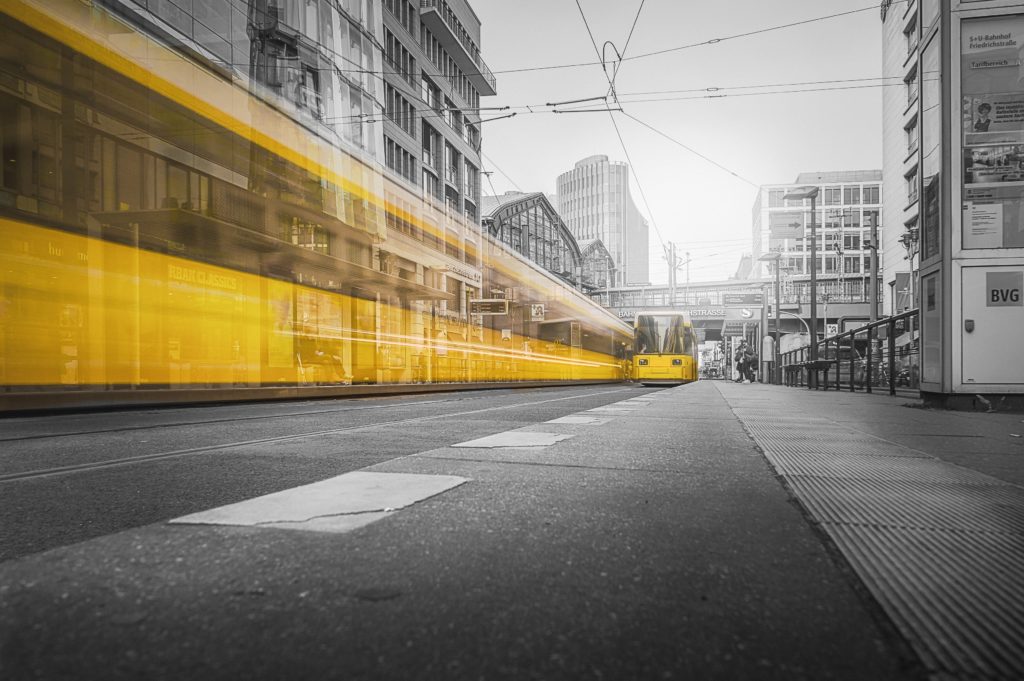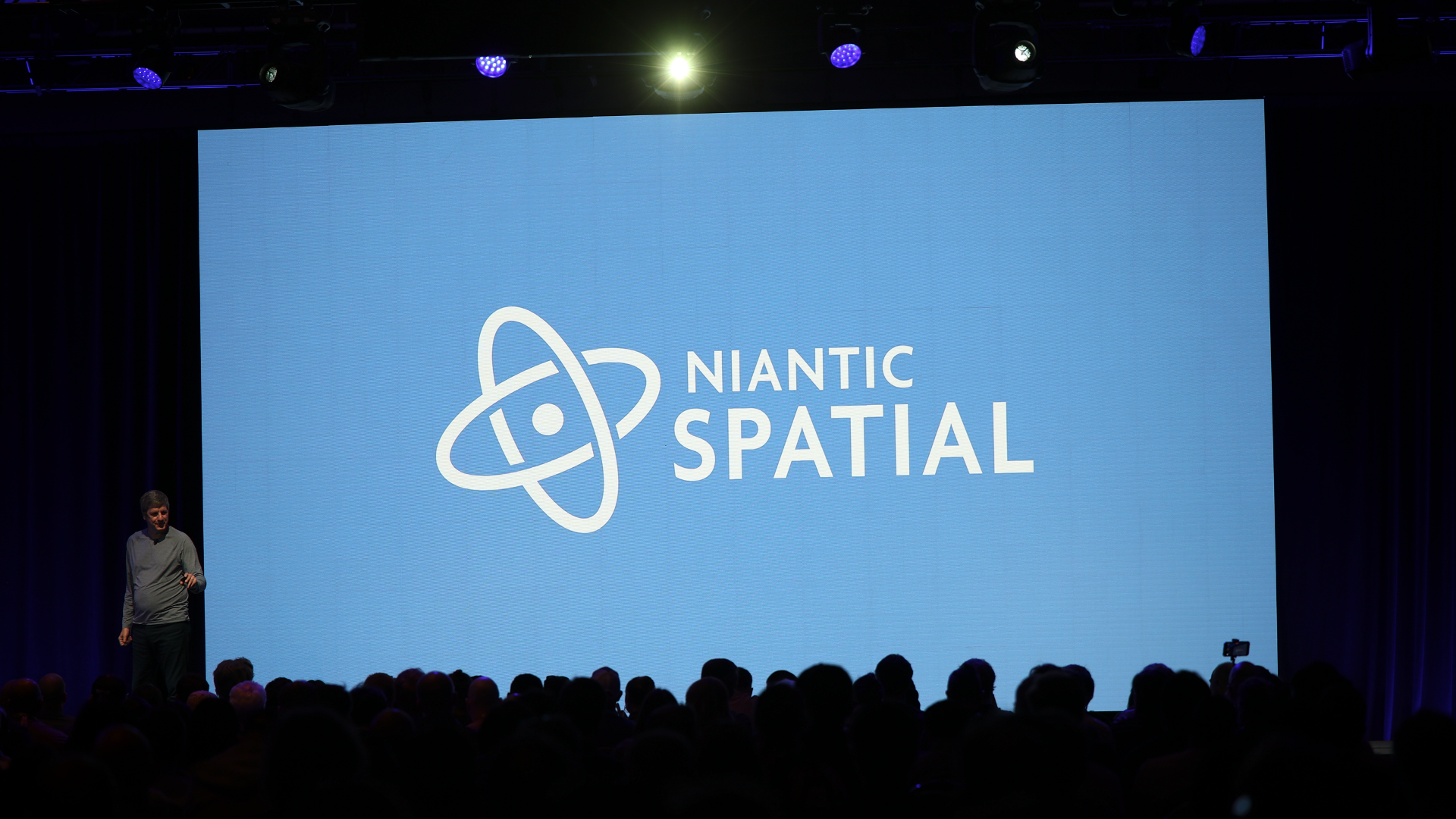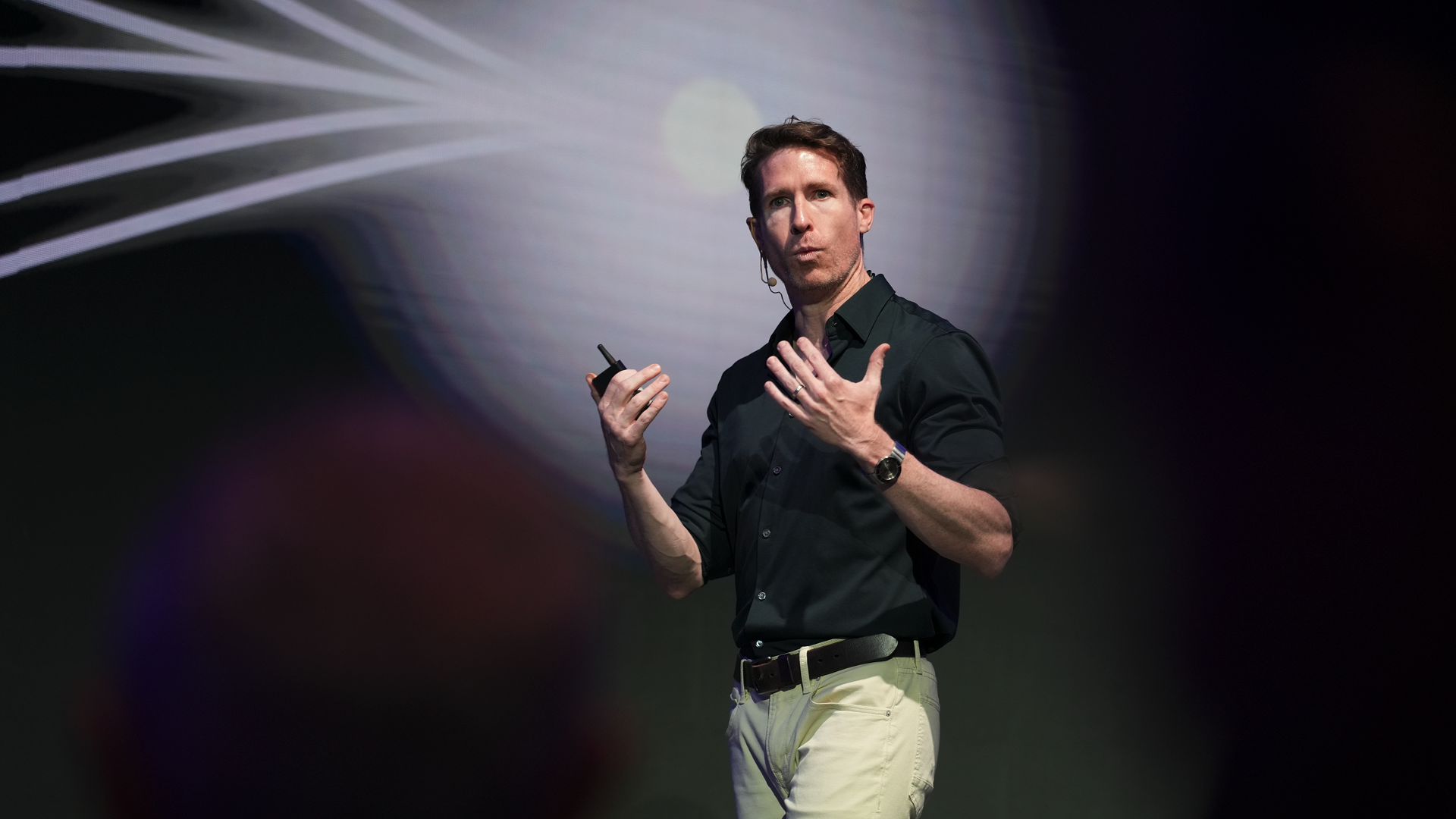As in all industries and areas of life, cities are now teeming with data from millions of connected people and things; including smart and connected roadways, energy grids, water systems, buildings, cars, homes, and even our own mobile devices. This has challenged city leaders to figure out how to make use of all the real-time, geo-specific data at their disposal to improve urban living. Augmented Reality offers a way to bring that information to life, providing an interface that can deliver the benefits of a smart city to its residents; while cousin technology Virtual Reality has the potential to transform what even defines a city, a home or a workplace. Here are four ways XR will transform city living.
Travel and commuting
Augmented reality will make active and public transit around the city easier and safer.
The AR Cloud will serve as a search engine for the real world. Navigation apps won’t just tell you to turn right in X number of feet, but show you information about all the businesses, public transportation options, etc. around you. And with the transition from smartphones to smart glasses, AR users will be able to look straight ahead while following directions (as opposed to down at their phones), empowering people to navigate and browse their environments at the same time. Before then, physical transit system maps and other identifying markers throughout the city can be augmented, so visitors and residents alike can hold up their smartphones and view real-time information.
In addition, augmented reality will enable smarter, safer commuting, making the use of public transport easier and more reliable and increasing public safety on the ground. An AR dashboard featuring real-time traffic, weather and transit information – data from connected vehicles and traffic lights, from sensors and cameras incorporated into buses, taxis, trains, highways, etc., from shared mobility services and AR users themselves – will improve urban transport systems and enable transit operators and city planners to determine incidents and plan to redirect traffic, close subway stations, etc. accordingly.
Furthermore, the ability to work remotely by telecommuting via AR or holding meetings in VR will reduce stress on transportation infrastructure, while AR windshields and HUDs used by individual and public transit drivers will improve safety and efficiency. A number of automakers are already working on HUD solutions to improve drivers’ situational awareness on the road. The kinds of information that could be augmented in a driver’s field of view include traffic and GPS information, parking options, public trans scheduling and route changes, vehicle maintenance, etc.
City workers (public works employees, public safety and emergency services, law enforcement, etc.)
With VR training, AR-powered remote support and augmented work information, city employees will be able to serve the city and its residents better and faster.
XR can not only be used to safely and more effectively train city maintenance and emergency workers; it can guide them on the job, as well. From risk-free training in VR to step-by-step instructions and remote expert guidance via AR, emergency operations and maintenance of city assets like fire hydrants and cell towers should become more efficient and accurate with XR. In addition to instructions, city employees can receive real-time alerts about faulty streetlights and leaking pipes right in their field of view. And don’t forget city health, building, environmental quality, etc. inspectors who will be able to interact dynamically with all kinds of facility-, area- and district-related data in mixed reality.
AR support for emergency workers will improve public safety, providing real-time, heads-up and hands-free disaster information, procedural instructions, and specialist guidance to guide evacuation, rescue and relief efforts during emergency situations. Besides firefighters, ambulance workers, and other wearing ruggedized AR displays, emergency vehicles equipped with AR windshield displays will provide real-time optimized route guidance and environmental (hazard) information. Cities can also create their own AR emergency applications geared towards residents, providing on-demand, heads-up information for those seeking nearby evacuation routes, refuge locations, and emergency assistance.
Urban planning and civic engagement
XR can help speed up and democratize urban planning, enabling city leaders to plan better, meaningfully engage citizens, and present city government as accessible and transparent.
We tend to think of urban planning as a drawn-out process filled with lots of red tape, group meetings, and paper maps and diagrams; but just as architects and engineers are using virtual reality to test designs and virtually walk clients through future projects; city planners can employ VR to visualize the development of new buildings and other scenarios and reach decisions faster. All stakeholders can benefit, experiencing the project in an immersive environment to understand its potential impact instead of having to rely on hard-to-interpret, static 2D representations and miniature physical models.
In VR, you can simulate a building proposal and see the visibility and skyline impact, etc. You can determine the consequences of rezoning or building new water services in a particular neighborhood. Augmented and mixed reality have a role in urban planning, as well: Boston, for instance, used AR to visualize the effects of a major construction project. HoloLens and other MR headsets are useful for working out designs on top of real models and physical spaces (can be brought to a proposed site). European cities are also leveraging data from critical services like transport, energy and sanitation, up-to-date mapping data, environmental conditions (pollution, water supply), and population density information in the urban planning process to reduce traffic congestion and improve energy efficiency.
The applications that let urban planners test new developments can also be made citizen-facing so that regular citizens can chime in on policies that will impact their lives. Indeed, civic engagement is an important use case for XR, especially as urban governments move towards a more participatory planning process. Much easier to understand than the blueprint of a new subway station or other public works project, AR and VR are increasingly accessible mediums for presenting building plans to residents and alleviating fears of change.



